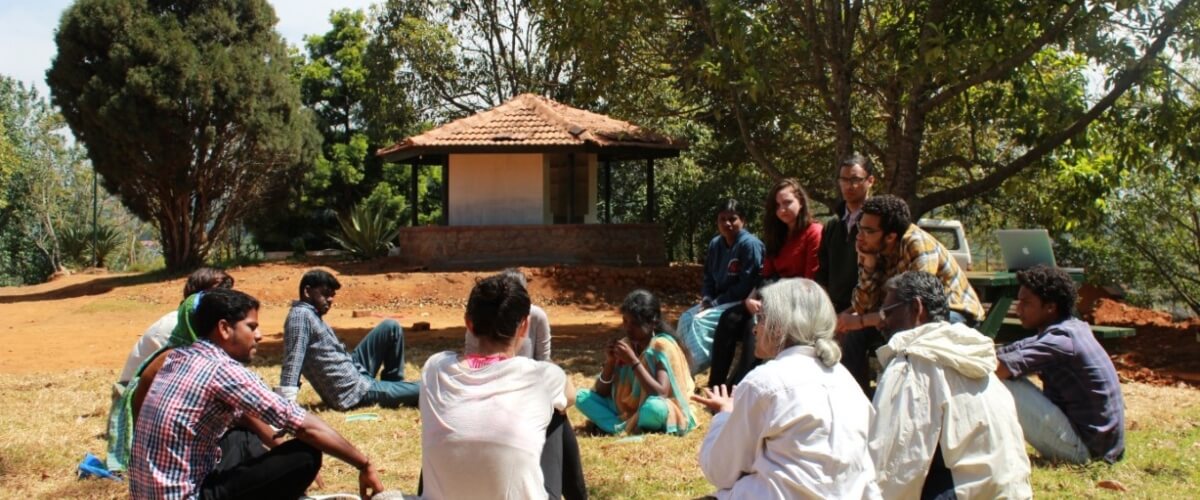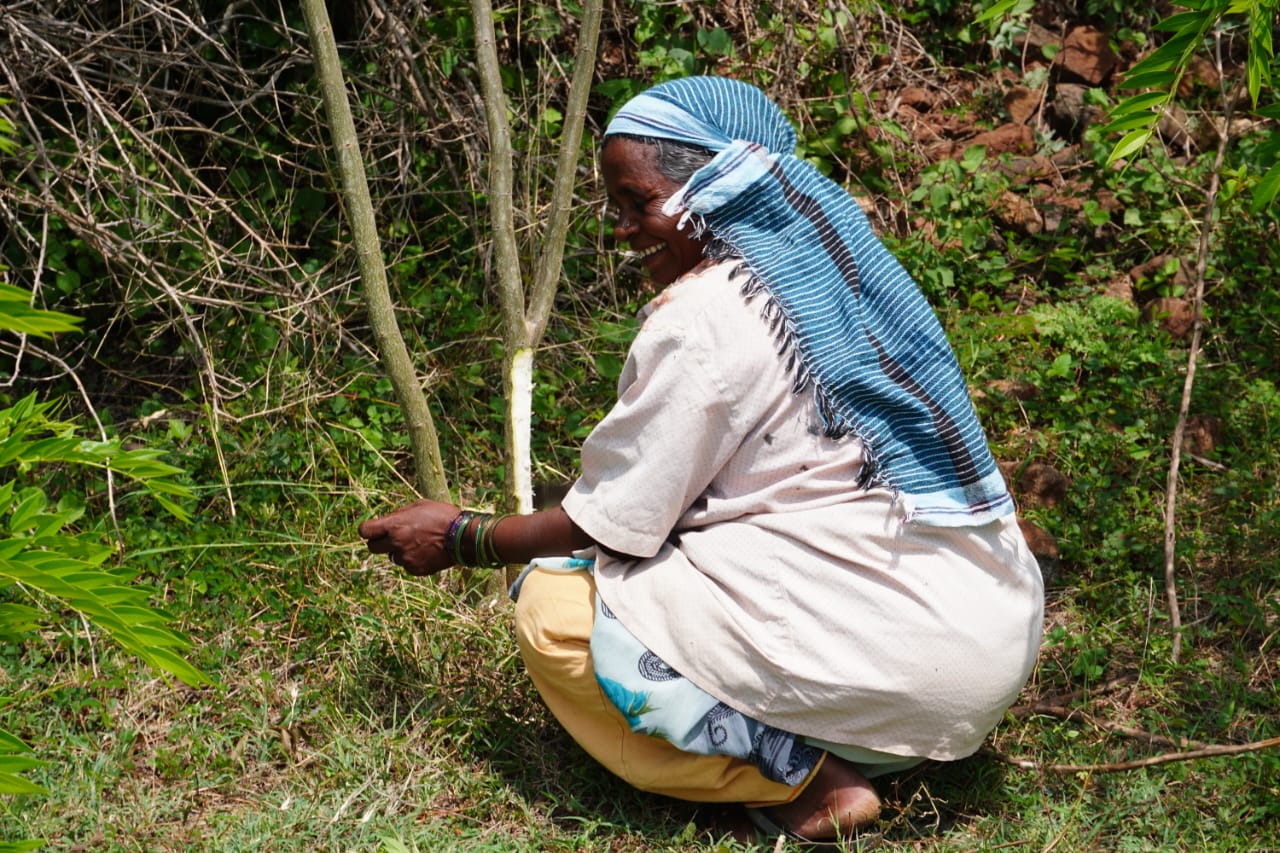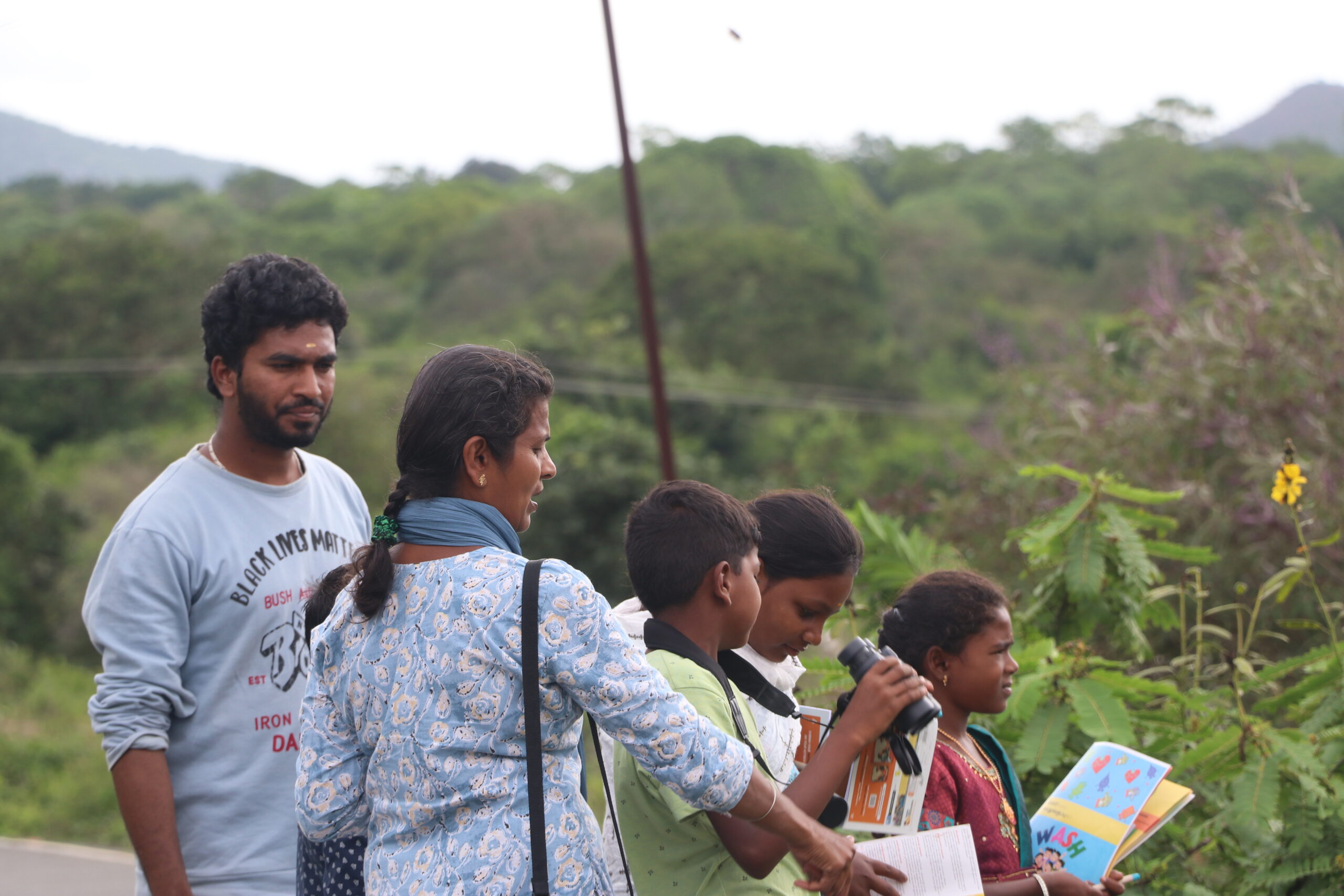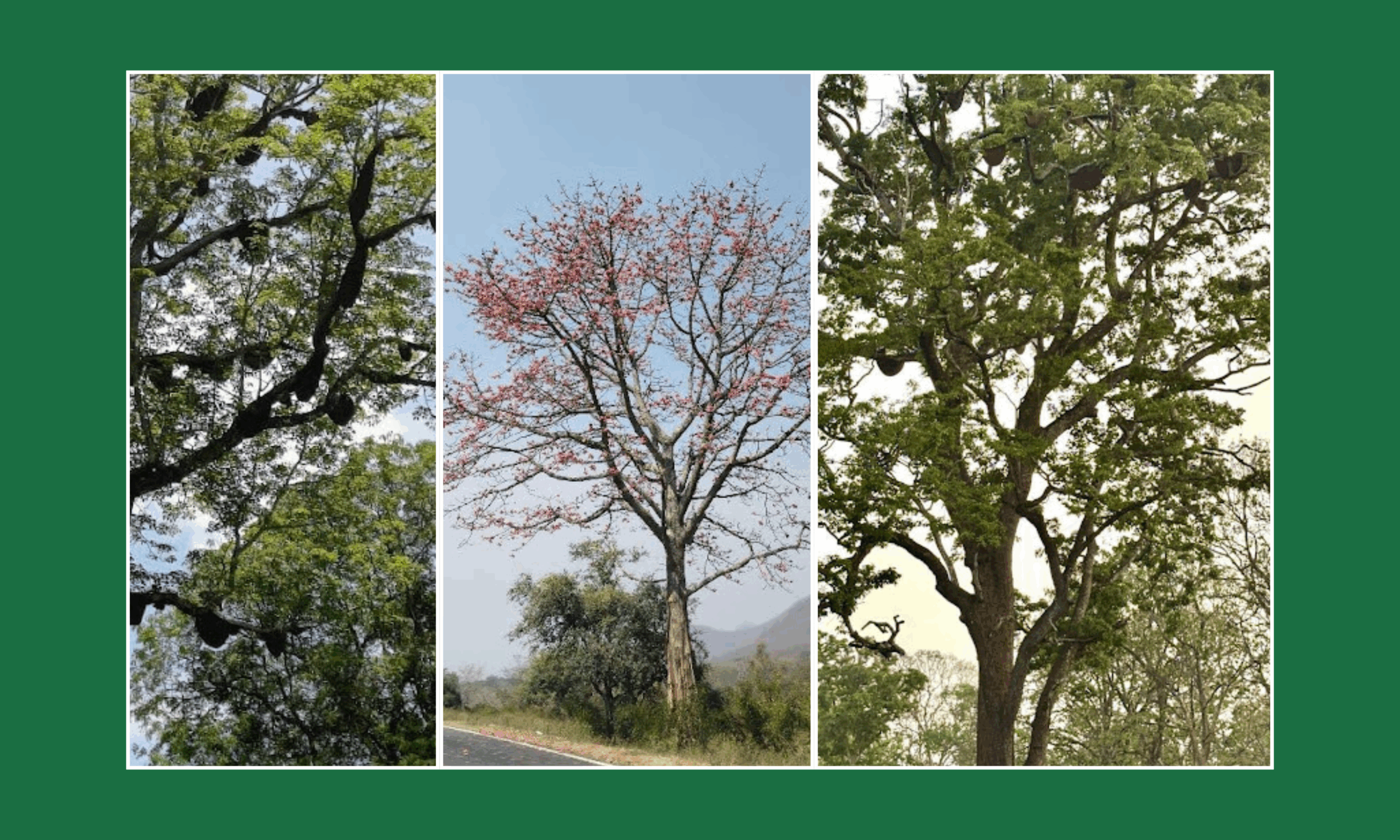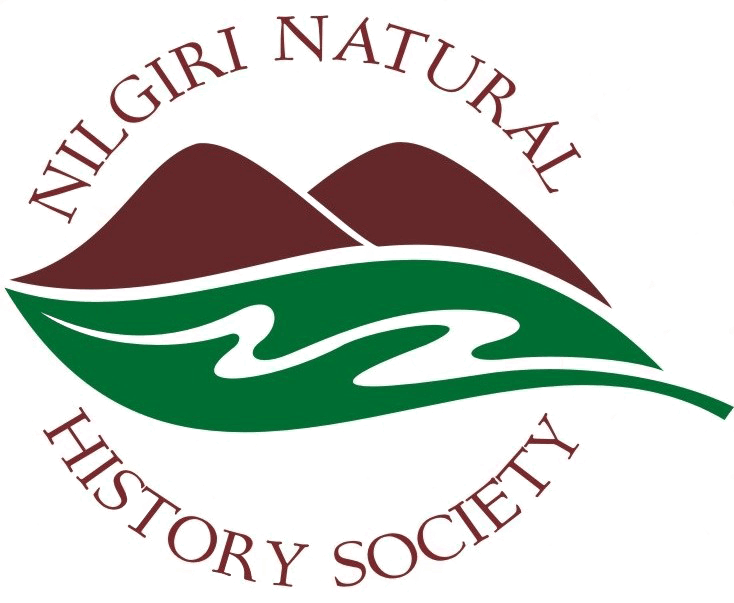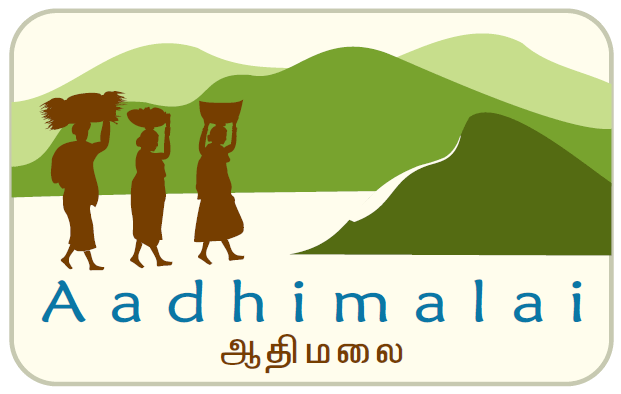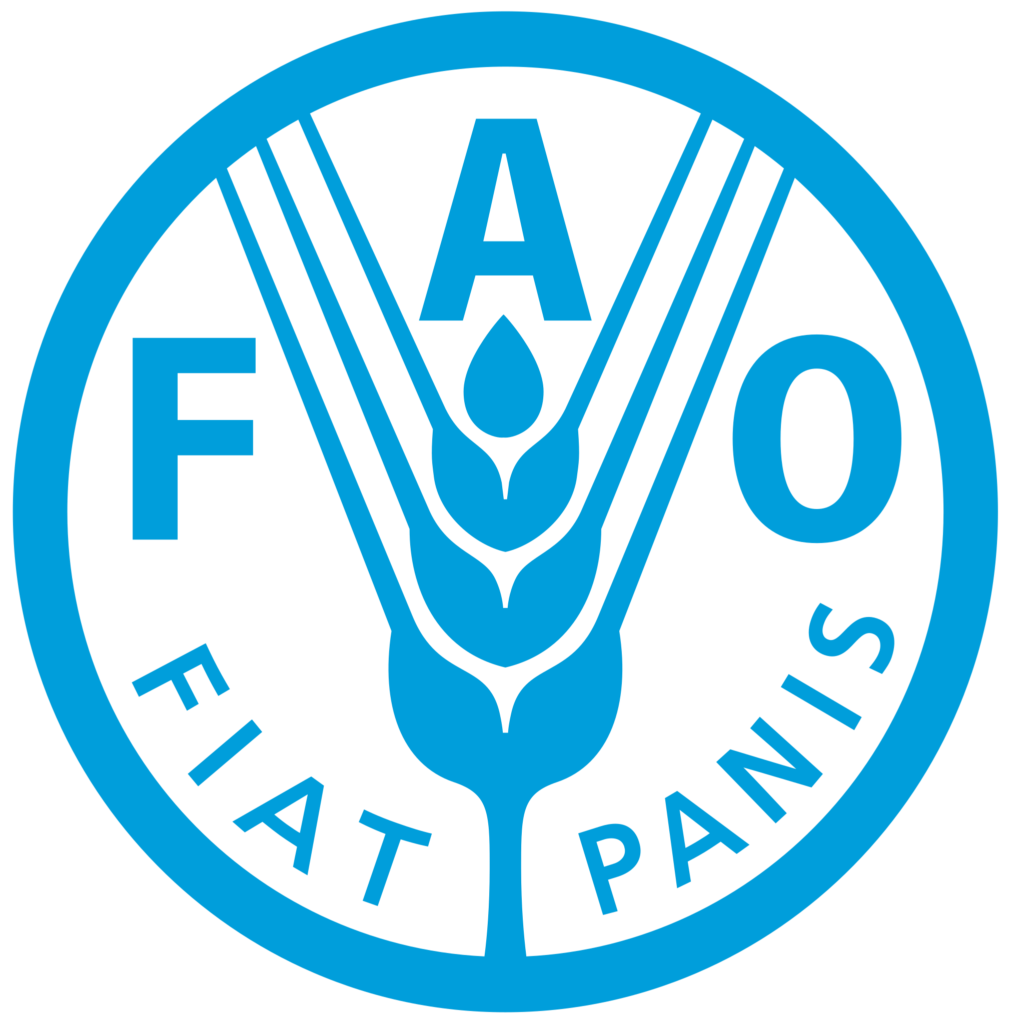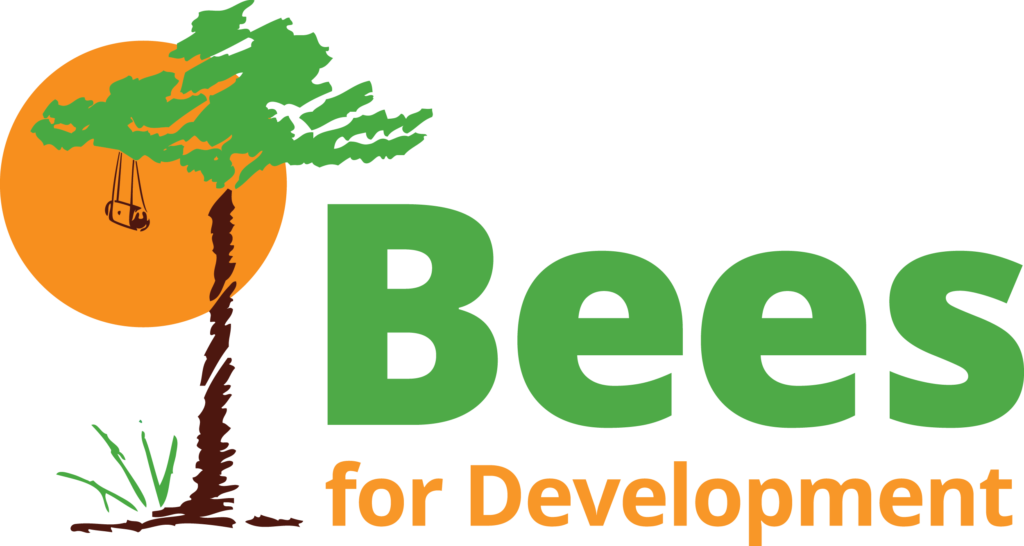The second week of the NFLC flew by as fast as the first. Archana Sivaramakrishnan anchored the first half of the week, capturing the livelihoods in transition of the NBR, followed by Mathew John who brought out the relevance and importance of market and social enterprises (Last Forest Enterprises) and explained its place in Keystone.
Monday morning began with a cross boundary exercise that prompted the students to share a bit of their history in terms of what their forefathers did. Once the class was acquainted with the different ancestral professions, Archana shared some statistics on what livelihoods in the Nilgiris looked like. This session was complemented by studying the framework of sustainable livelihoods which revealed that the basic livelihood outcomes that we desired were improved food security, reduced vulnerability, more sustainable use of natural resources, increased well being and more income.
The week followed the same format as the first, i.e. Keystone members such as Snehlatha Nath as well as guest lecturers such as Muthatha Ramanathan and Sridhar Lakshmanan brought their expertise into the classroom. While Sneh presented the history and role of tea plantations from a livelihood perspective, Muthatha and Sridhar approached the theme of the week from a geographical and eco-tourism angle respectively.
The first half of the livelihoods theme was concluded with a visit to one of the Keystone student’s villages, Karikyur, Aracode. A brief chat with the broom grass collectors of that region, observing the indigenous women working with Nellikai (Phyllanthus emblica), also called amla or gooseberry, at the Banglapadigai production centre, walking through a millet field and learning about a typical seed bank from the good humoured Irula people summarises this week’s field visit.
Even though the livelihoods theme ended much too soon, Mathew John picked up right where Archana left off, discussing what social enterprises are and taking the students around the Last Forest office at Keystone. The students had an overview of the different dimensions of a market, learning about the history of trade in India, the concepts of ‘Fair Trade’ and ‘Participatory Guarantee Systems Organic Council’. Interactions with the Last Forest team were also helpful in terms of learning about the different issues which they face as a social enterprise and the logistics of packaging and meeting customer demands.
A visit to the Green shop in Coonoor further enhanced the picture. Even though it was easy to be distracted by all the different products, the Last Forest team was able to sit the students down and educate them about different dealers and the dynamics of a retail shop.
Despite the evident exhaustion of a productive week, the students took on their first weekend of volunteering at Keystone’s different institutions. The cohort split up in small groups to work in Place to Bee, Happy Valley Restoration Site and at the Green Shop. As the second week came to an end, the students were satisfied, motivated and eager to learn as they geared up for week #3 of the NFLC!

